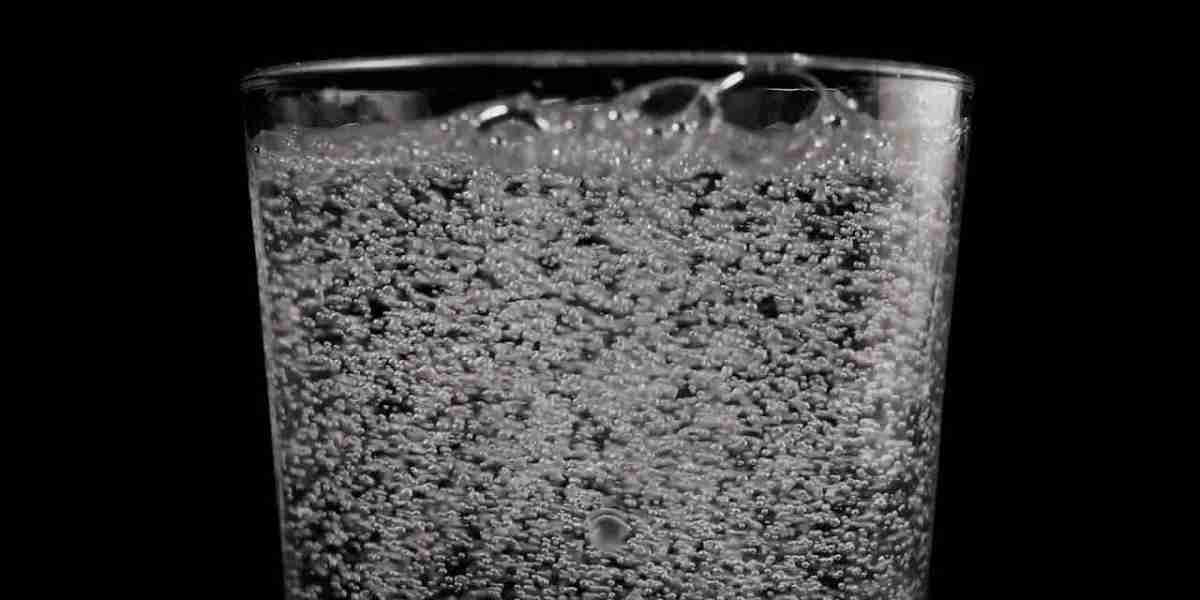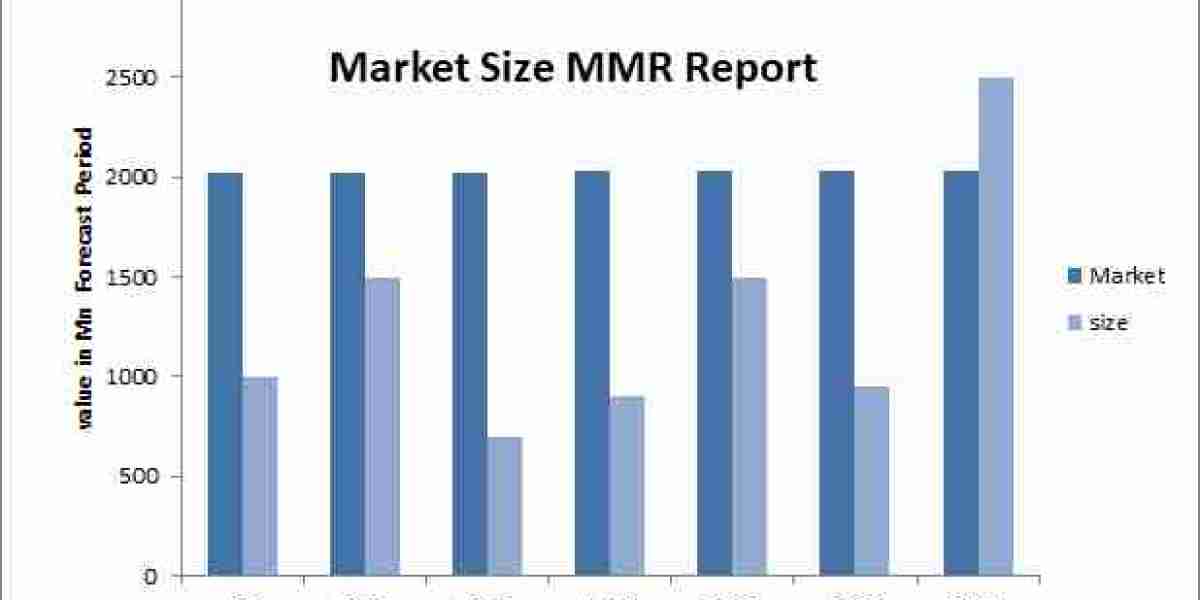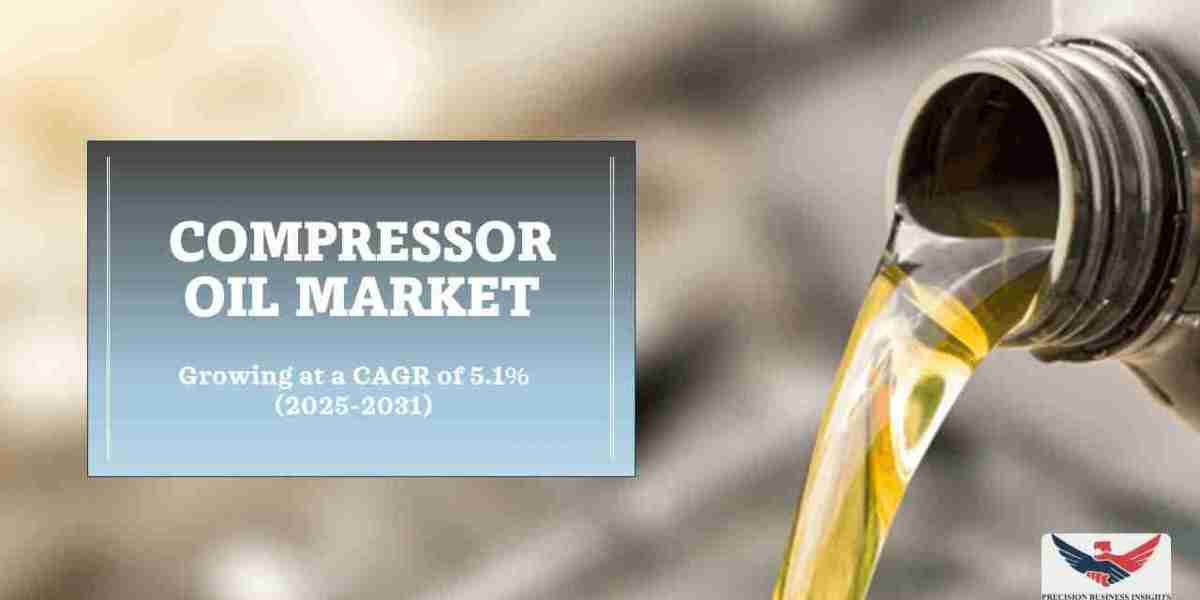The hard seltzer industry has experienced tremendous growth over the past several years, as more consumers lean towards healthier, lower-calorie alcoholic beverages. Market projections indicate that the demand for hard seltzers will continue to rise in the coming years. However, with this rapid expansion comes a critical aspect that all market participants must keep in mind: regulations.
Hard seltzer is primarily a carbonated, alcoholic beverage often brewed with a blend of fermented sugar, fruit flavorings, and carbonation. The process is unique, distinguishing it from traditional beer and spirits, but its classification and regulation fall under the same legal categories that apply to alcohol. This has brought forth several challenges in its regulation, especially in a market where laws vary significantly across different jurisdictions.
Regulatory Categories and Oversight
The hard seltzer market must adhere to the regulations set by various governmental and regulatory bodies. In the United States, for instance, the Alcohol and Tobacco Tax and Trade Bureau (TTB) plays a primary role in overseeing the production of alcoholic beverages, including hard seltzers. The TTB considers hard seltzer to be a type of “beer” as long as it is made from fermented sugar (usually from malt or sugarcane). Thus, it falls under the Beer Tax Class and is subject to rules regarding taxation, labeling, and quality control.
States also impose their own specific regulations in terms of taxation rates, legal drinking ages, distribution limitations, and product testing. The variation in state laws can be particularly difficult for manufacturers, especially those operating across several regions.
Labeling and Marketing Requirements
One of the most important regulatory concerns surrounding hard seltzer pertains to its labeling. The TTB requires that the labels on hard seltzer products must adhere to specific guidelines. For instance, the alcoholic strength must be clearly listed, as well as the ingredients used in the production of the beverage. Any claims made on the label, such as “gluten-free” or “low-calorie,” must be scientifically substantiated and supported by the product’s content.
An emerging concern revolves around misleading labeling. Some manufacturers have faced scrutiny over claims related to “natural” ingredients or health benefits. Authorities ensure that any false or deceptive marketing is penalized, especially when it could deceive consumers into making unhealthy purchasing decisions.
Alcohol Content and Health Considerations
Regulation in terms of alcohol by volume (ABV) remains another key aspect that determines how hard seltzers are treated in legal terms. While the general range for hard seltzers’ ABV is typically around 4-7%, different markets have established limits. Additionally, new guidelines are being discussed globally to accommodate the increasing variety of alcohol content in hard seltzer beverages. Governments are becoming more attentive to balancing alcohol content with consumer safety to ensure responsible drinking and reduce potential risks associated with alcohol abuse.
Health concerns have also led to discussions surrounding regulation. Many health-conscious consumers turn to hard seltzers due to their lower calorie counts compared to traditional beer and sugary cocktails. However, some consumers believe that the beverages are often “safer” due to perceived lower alcohol content and fewer sugar additives. As hard seltzers continue to expand, regulators will likely focus on improving transparency in nutritional information and marketing, aiming to educate consumers while discouraging false safety claims.
Regulatory Challenges and Future Trends
As hard seltzers grow in popularity, navigating global and local market regulations becomes more complex. Manufacturers must comply with an ever-evolving set of rules that pertain not only to health and safety but also taxation, marketing, and labeling. Future regulatory changes are expected to introduce new categories for hard seltzer, given its unique position as a hybrid alcoholic beverage.
Furthermore, regulations concerning environmental responsibility are likely to play an increasing role. Sustainability concerns are becoming more significant in the food and beverage sector, leading to potential regulatory measures on packaging materials, sourcing practices, and emissions from production facilities. Consumer demand for sustainable products will continue to drive market dynamics, with regulators enforcing transparency around environmental impact and corporate practices.
While most regulations currently focus on ensuring product safety, accurate labeling, and preventing misleading claims, the future could hold more sophisticated oversight to handle the complexity of this ever-evolving market.
Conclusion
As hard seltzers continue to dominate the market, regulatory bodies worldwide will need to develop frameworks that cater to their distinctive features. For manufacturers and distributors, staying informed and compliant with local, state, and federal regulations will be essential in building trust with consumers and positioning products for success. As more competition enters the hard seltzer space, the key to long-term sustainability may lie in consistent quality control, clear labeling, and an emphasis on consumer education surrounding health, alcohol content, and production processes.




